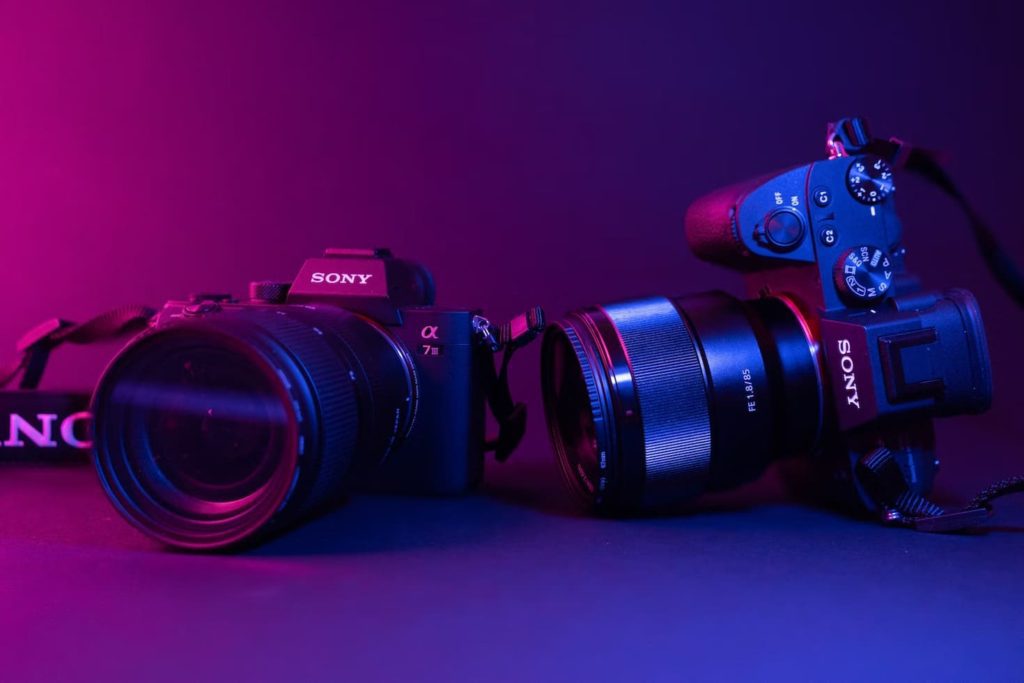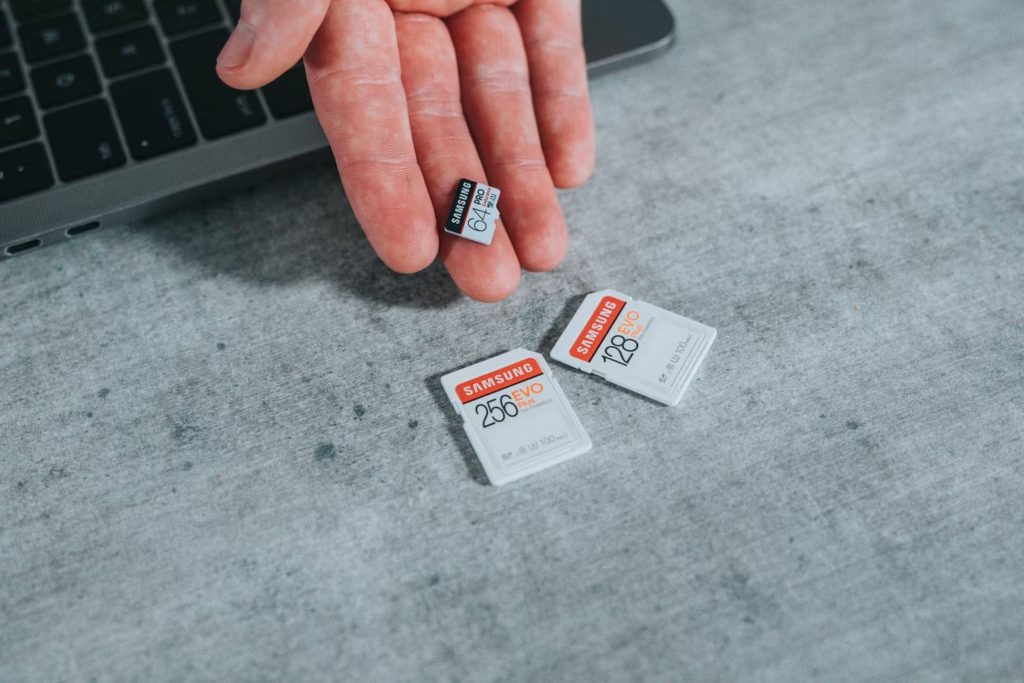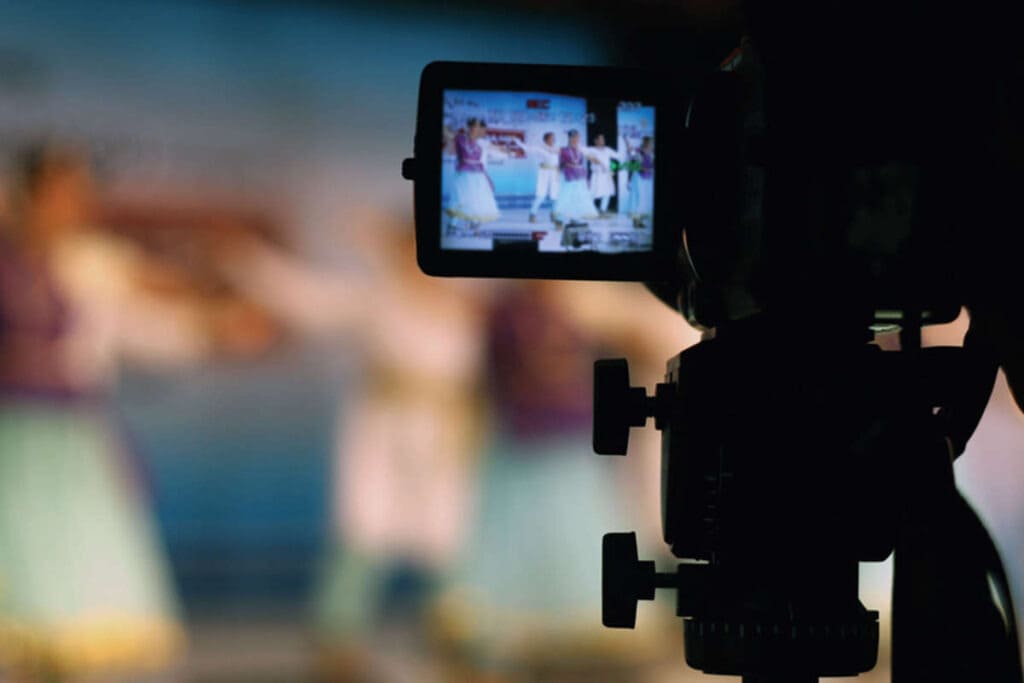Digital Cinematography: Definition, Examples, and Methods of Digital Cinematography
Like so many other areas of life, cinema has gone through a digital revolution. However, the transition from film to digital cinematography took a lot longer than many other industries. In fact, a lot of people still use film stock today.

Digital cinematography cameras have become mainstream, and many people in the industry see the last decade as something of a tipping point for digital cinematography.
In this guide, we’re exploring examples of the best digital cinematography as well as explaining the concept and how it differs from film cinematography. For most newbies and beginners, digital equipment is far more accessible, but an understanding of digital cinematography fundamentals, tools, techniques and workflows is needed to get the most out of it.
What is Digital Cinematography?
Put in the most simple digital cinematography definition, it is the process of using digital equipment to capture video footage. Digital cinematography uses a camera with a digital sensor which is how light is captured, rather than using film stock (this was the way things used to be done).
There is a mixture of film cinematography and digital cinematography in the modern age. Directors have their personal preferences when it comes to shooting, but the truth is that digital has become far more convenient in many instances. Instead of being stored on a film, the digital footage is stored directly in a digital format. Most of us experience this already when we take video or photos on our phone or on a digital camera.
This means less specialist equipment is needed, and that digital cinematography is generally much more convenient for the end user.
The process largely relies on digital sensors, which have improved hugely in recent years and decades. The sensor is what takes the data in the form of light and turns it into something digital.
Sensors that are popular include Full Frame (36x24mm) and Super 35 (24.89×18.67mm), and these have seriously varying characteristics. Digital cinematography also allows for the use of many different forms of lenses which can be a creative tool.
The Look of Digital Cinematography

This is one of the areas that is often considered when people are debating the digital vs film cinematography techniques. One of the main things that people notice when comparing the footage is that they can look very different.
Consider the difference in home videos over recent decades. A video shot on a camera and recorded onto tape back in the 80s or 90s looks very different when compared to the kinds of videos your phone is able to take today.
What are those differences? Well, they mainly come from the fact that digital cinematography and digital video methods have a higher dynamic range as well as being generally more accurate.
That may all sound great, but there is a debate to be had in the industry regarding whether it is a step forward. A lot of film directors have grown up with the look that comes from film cinematography, and for this reason, it is still used a lot in the industry. At a high level, there is still some amazing equipment in the world of film videography. Some directors love it. Film cinematography can restrict you to a certain color palette or dynamic range. There is a defined grain to the visuals, too.
You’ll hear a lot of people talk about “warmth” when it comes to the old film vs digital cinematography debate. This is quite an abstract term if you haven’t come across it before, but generally it refers to the grain and color palette. Video is considered to be more warm if it has a bit of noise and grain to it sometimes. One criticism some people have a digital cinematography is that it can lack this warmth, but this is all about the skill of the director and video production team. The best know how to take this digital footage and turn it into something that looks stunning.
In 2009, the Best Cinematography award at the Academy Awards went to Slumdog Millionaire. This is the first time that this category had been awarded to a film using digital cinematography, and many people have seen this as a turning point in the industry. The ‘look’ of digital cinematography is no longer behind that of film, even though the two provide quite different results.
Digital Cinematography Workflows and Data

One area that the digital revolution has changed is the workflows involved in cinematography. Rather than a focus on film and keeping the film itself safe, the focus has shifted largely to data.
The whole of the workflow should be considered as early as the pre-production stage, so that when it is time to shoot your movie, nothing has been overlooked. This is definitely true when it comes to data, which can so easily be lost or mismanaged.
Consider the fact that some 4K video cameras can produce over 200MB of data every single second. If you are going to record in the highest possible quality (RAW data) then this can be extremely demanding. This means that the workflow will need to incorporate how this data is being managed. Backing up the data regularly in multiple places is absolutely crucial, as it is always possible that data could be corrupted and damaged. Some directors have found out the hard way by losing crucial footage.
The workflows need to be planned accordingly. All of the digital data needs to be accounted for, and there should be enough memory cards to shoot the digital footage. Working with a professional team on your film production is a way to ensure success, and the tried-and-tested methods used by Insight Studios can help to ensure data is safe and that the cinematography is always high quality.
A lot of the techniques in cinematography remain the same regardless of how the video is shot. Things like mise-en-scene, framing, and shot selection are the same no matter what camera is being used, though some slight alterations may be required to capture the same footage with differing equipment. These aspects of workflows can be the same, but things like data and even setup of equipment can be different.
Best Digital Cinematography Examples
There are some films that are known to be examples of what can be achieved with digital cinematography. As we’ve already explained briefly, it took some time for the industry to adapt to the use of digital.
Slumdog Millionaire
Already mentioned briefly, Slumdog Millionaire is an amazing example of a film that changed the way the industry looked at digital videography. It was shot largely in documentary style which meant that digital footage worked very well. Anthony Dod Mantle was in charge of the cinematography and has also become known for his work embracing digital methods of shooting, even using Canon DSLR cameras for some of the film work he has done.
The film was a classic romance and it was shot on a relatively small budget, though this was not the reason for the use of digital cinematography. It went on to be hugely critically acclaimed.
Miami Vice
Even earlier than the use of digital camera equipment in Slumdog Millionaire, Michael Mann became one of the first to embrace the use of digital methods. As early as 2001 he was using digital cameras, which he tested while making the blockbuster film Ali. He then went on to shoot most of two films using digital. Collateral was largely digital, but Miami Vice saw the completion of the transition.
Michael Mann deserves credit for being one of the first directors to embrace digital techniques, and show the industry just what the power of digital truly is. Shortly after his films were a relative success, the methods started to become more widely-used.
There are some other notable mentions for directors and films that have used digital methods including David Fincher’s work on films like The Social Network and Zodiac. Also, the Hobbit movies were shot in digital formats, making them some of the biggest-budget movies to reject film cameras.
Starting Digital Cinematography

Starting out in the world of digital cinematography is much more straightforward than it ever was to start making movies using film equipment. Many of us now have the ability to make HD recordings on our DSLR cameras or even using our phones. People with a passion for making films can start young and create much more easily. The digital nature of the footage also means that post-production techniques can be implemented using modern computers. While it is not easy to get professional results as a beginner, the tools are there for people to try their own DIY digital cinematography.
Summary – Embracing Digital Cinematography
Digital cinematography has become the industry standard for many types of films and productions, including advertisements, corporate video, interviews, and more.
The professionals have embraced the power of digital in order to constantly provide the best possible results whether you are looking for a modern or classic feel from your video. Our expert team uses the latest digital techniques to ensure exceptional results no matter what type of film our clients require. For help and guidance through the whole filmmaking process, reach out to the professionals at Insight Studios today.